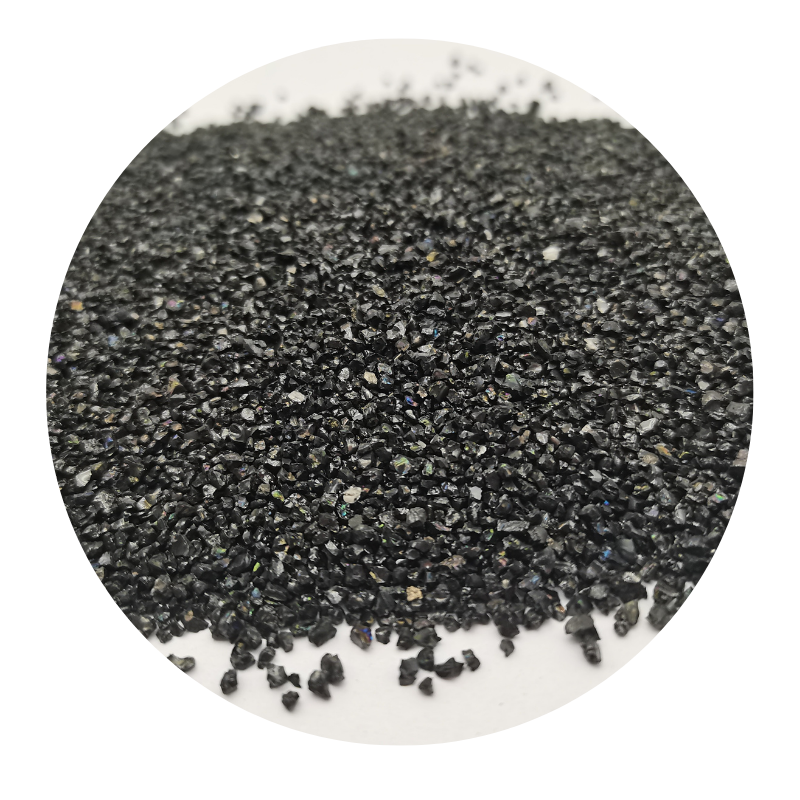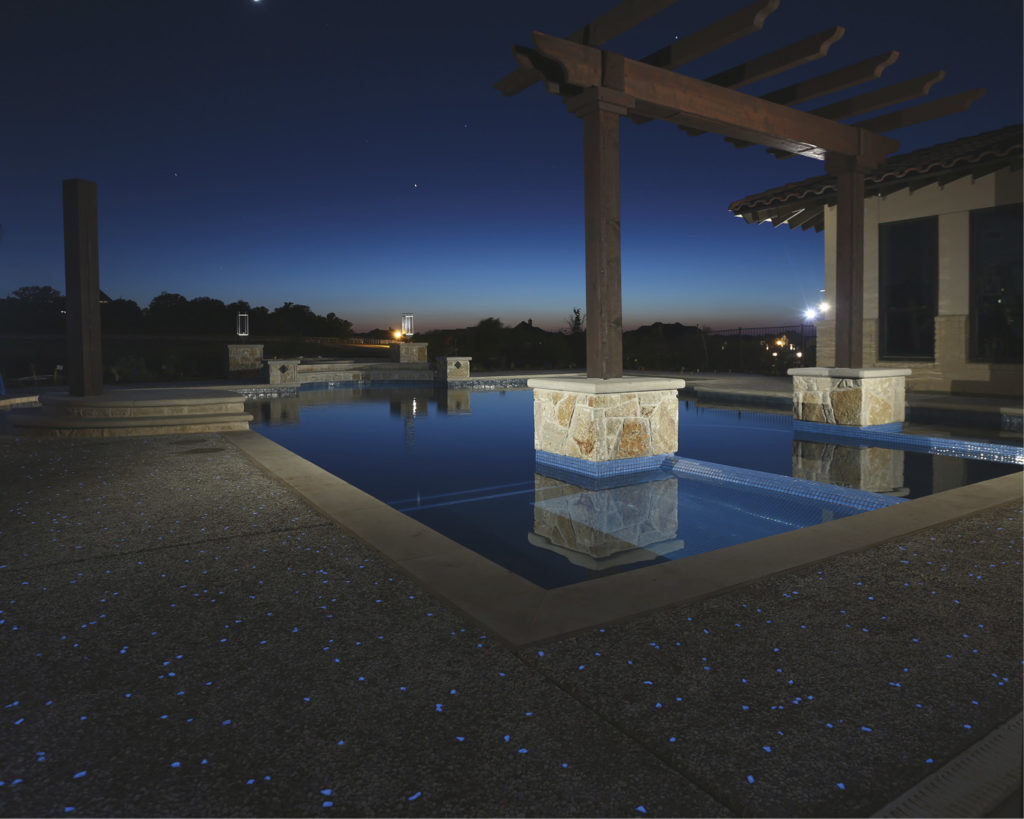
1 月 . 16, 2025 02:32
Back to list
fly ash
Fly ash Class F has emerged as a pivotal element in the construction and manufacturing industries due to its unique properties and versatile applications. This type of fly ash, a byproduct of coal combustion in power plants, provides numerous advantages that make it a valuable addition to various engineered products, especially in concrete and cement productions.
Beyond structural applications, Class F fly ash plays an instrumental role in reducing the permeability of concrete. This characteristic is critical for structures that are constantly in contact with water, such as dams, coastal buildings, and wastewater treatment plants. Concrete made with Class F fly ash is less likely to suffer from chloride penetration, which helps protect embedded steel reinforcement from corrosion over time. Further highlighting its versatility, Class F fly ash can be used in the manufacture of fly ash bricks, which are known for their high compressive strength and low water absorption. These bricks are lighter than traditional clay bricks and offer superior sound insulation, making them an excellent choice for modern construction projects that prioritize energy efficiency and acoustic performance. The use of Class F fly ash also supports LEED certification goals, as it is considered a recycled content material. Projects that integrate fly ash into their concrete mix designs can enhance their sustainability scores, leading to recognition and marketing advantages in environmentally conscious markets. In conclusion, fly ash Class F stands out as a practical, economical, and environmentally friendly material that meets the stringent demands of the construction industry. Its widespread adoption not only boosts the quality and durability of construction products but also aligns with global efforts to promote sustainable building practices. As the industry continues to seek innovative solutions to address the challenges of climate change and resource management, Class F fly ash offers a proven, reliable, and efficient option.


Beyond structural applications, Class F fly ash plays an instrumental role in reducing the permeability of concrete. This characteristic is critical for structures that are constantly in contact with water, such as dams, coastal buildings, and wastewater treatment plants. Concrete made with Class F fly ash is less likely to suffer from chloride penetration, which helps protect embedded steel reinforcement from corrosion over time. Further highlighting its versatility, Class F fly ash can be used in the manufacture of fly ash bricks, which are known for their high compressive strength and low water absorption. These bricks are lighter than traditional clay bricks and offer superior sound insulation, making them an excellent choice for modern construction projects that prioritize energy efficiency and acoustic performance. The use of Class F fly ash also supports LEED certification goals, as it is considered a recycled content material. Projects that integrate fly ash into their concrete mix designs can enhance their sustainability scores, leading to recognition and marketing advantages in environmentally conscious markets. In conclusion, fly ash Class F stands out as a practical, economical, and environmentally friendly material that meets the stringent demands of the construction industry. Its widespread adoption not only boosts the quality and durability of construction products but also aligns with global efforts to promote sustainable building practices. As the industry continues to seek innovative solutions to address the challenges of climate change and resource management, Class F fly ash offers a proven, reliable, and efficient option.
Share
Next:
Latest news
-
Premium Pigment Supplier Custom Solutions & Bulk OrdersNewsMay.30,2025
-
Top China Slag Fly Ash Manufacturer OEM Factory SolutionsNewsMay.30,2025
-
Natural Lava Rock & Pumice for Landscaping Durable Volcanic SolutionsNewsMay.30,2025
-
Custom Micro Silica Fume Powder Manufacturers High-Purity SolutionsNewsMay.29,2025
-
Custom Mica Powder Pigment Manufacturers Vibrant Colors & Bulk OrdersNewsMay.29,2025
-
Custom Micro Silica Fume Powder Manufacturers Premium QualityNewsMay.29,2025






